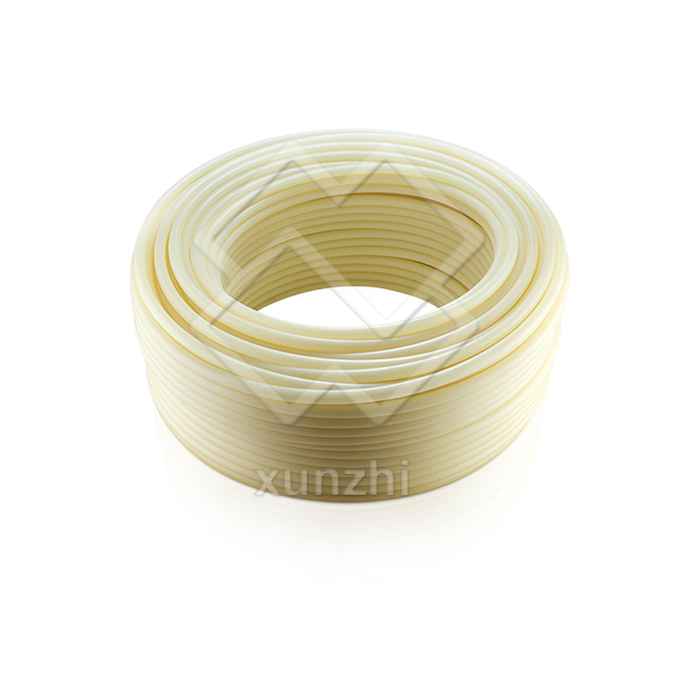The first fire hoses were made from leather. These hoses were incredibly heavy - a forty to fifty-foot length can weigh up to eighty-five pounds. Because they required such high levels of maintenance, these early versions of fire hoses were often treated with whale oil or fish oil to make them more durable. Later, the invention of the synthetic fiber hose made its way onto the scene. In 1874, James Boyd patented a woven jacketed fire hose. While the jackets were initially spun cotton, they were soon replaced by cotton. In 1913, Charles Goodyear, a chemist at the Goodyear chemical company, discovered the process of vulcanizing polyester and applied it to hose. This process gave rise to a range of properties, including abrasion resistance and UV protection.
Currently,
fire hoses are made of rubber and cotton. But this material burns when it is not fully charged, placing firefighters at risk. To address this problem, researchers have started a study to create a fire-resistant attack hose. The team is documenting the current state of fire hose manufacturing, and studying the materials that are used to manufacture the hose. The next step is to test the new material on fire sites and in simulated emergency situations.
Fire hoses are made from high-tensile polyester yarn with a rubber lining, making them extremely durable and tough. Depending on their purpose, they can be classified as either suction or high-pressure hoses. High-pressure hoses propel water from a pump to a nozzle. If you need a fire hose, you need to choose the right kind for your situation. And you'll be glad you did.
Fire hoses are installed at convenient points along walls, and are connected to a standpipe. When a fire breaks out, the hose is connected to the standpipe. Firefighters often work in pairs or groups with a hose in hand to increase the chances of survival. However, these hoses can become dangerous if the nozzle is open. This is why they are commonly paired with other firefighters in the field.
The correct size of fire hose is crucial for a firefighter. Hoses are not just one size; they must be compatible with all other hoses that they connect with. Hose couplings should be made of aluminum, steel, or brass, and have threading on both ends. These fittings are used to join the hose to another hose or a water source. Threaded devices require special care when attaching to another hose, so be sure to check the standard before buying.
Attack hoses are aimed at early-stage fires. They offer flexibility in how firefighters respond to different types of fires. Attack lines typically range from 1.75 inches to 2.5 inches. Each of these hoses has pros and cons, so choosing one over the other will determine the effectiveness of the suppression efforts. Smaller hose diameters require higher pressure to move water. This makes them more difficult to control when firefighting in tight spaces.
